On Luther's Paths: The Luther Trail 1521 in Rheinhessen - A Journey through the History of Faith and the Reformation
The "Luther Trail 1521 in Rhinehessen" connects historic sites and brings the history of faith and the Reformation to life. It is the Rhine-Hessian section of the almost 400 km long route that Martin Luther took over 500 years ago, from Wittenberg in Thuringia to Worms. There he was to recant his writings before the Reichtag. Luther's path through Rheinhessen ran mainly along the Rhine terrace. On the hiking trail, you can follow in the footsteps of the reformer and enjoy great views of the region, which Luther also raved about.
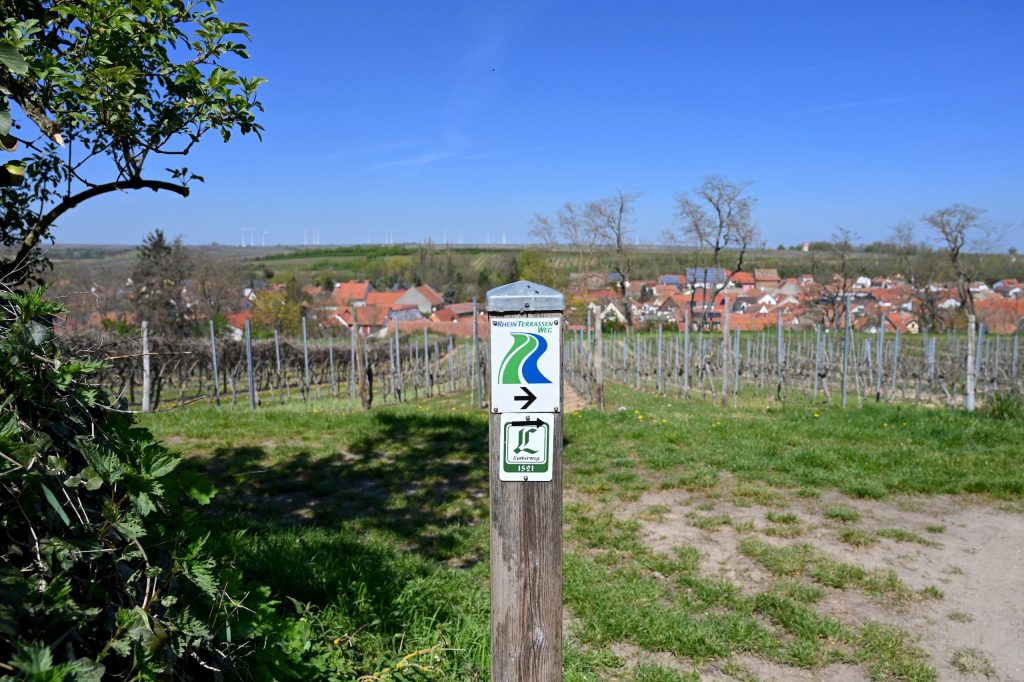
The almost 44 km long route can be easily hiked in three stages:
- Stage 1: Nierstein - Oppenheim - Guntersblum (12 km)
- Stage 2: Guntersblum - Alsheim - Mettenheim - Bechtheim - Osthoffen Abenheim (21 km)
- Stage 3: Abenheim - Herrnsheim - Worms (11 km)
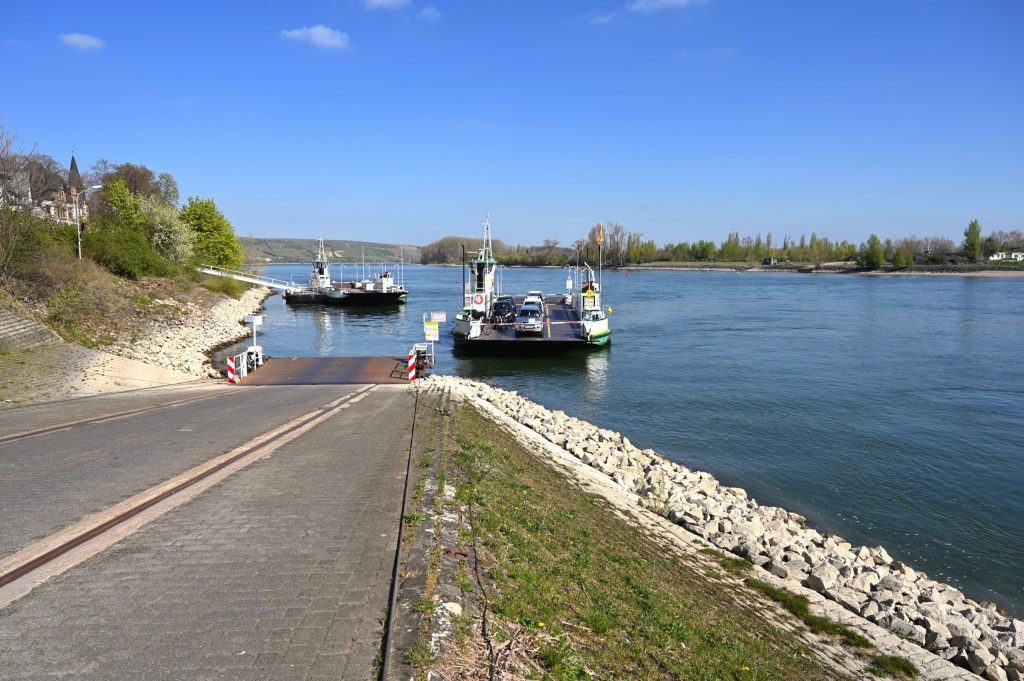
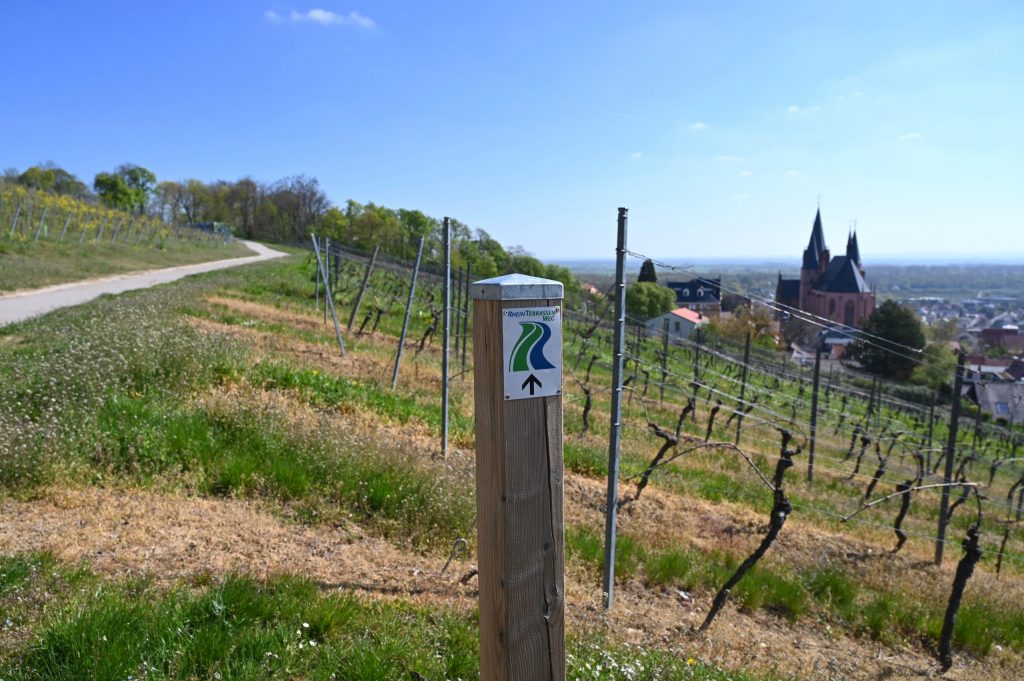
Hiking along the Luther Trail and discovering the historic Heidenturm churches
The hiking trail starts at the ferry dock in Nierstein and you follow the foot and bike path south to Oppenheim. At the train station, turn right to the marketplace. In Mainzerstraße was the inn "Zur Kanne", where Luther spent the night on his journey to Worms. From the market place it is only a few meters to the beautiful St. Catherine's Churchwhich is worth a visit. Through the Gautor you then go up to the RheinTerrassenWeg with the magnificent view of the Rhine and the region. By the way, the Luther Trail is signposted with the green "L". In some places it runs along the RheinTerrassenWeg. This 75 km hiking trail runs from Worms to Mainz on six stages with a total of 12 stations along the way.
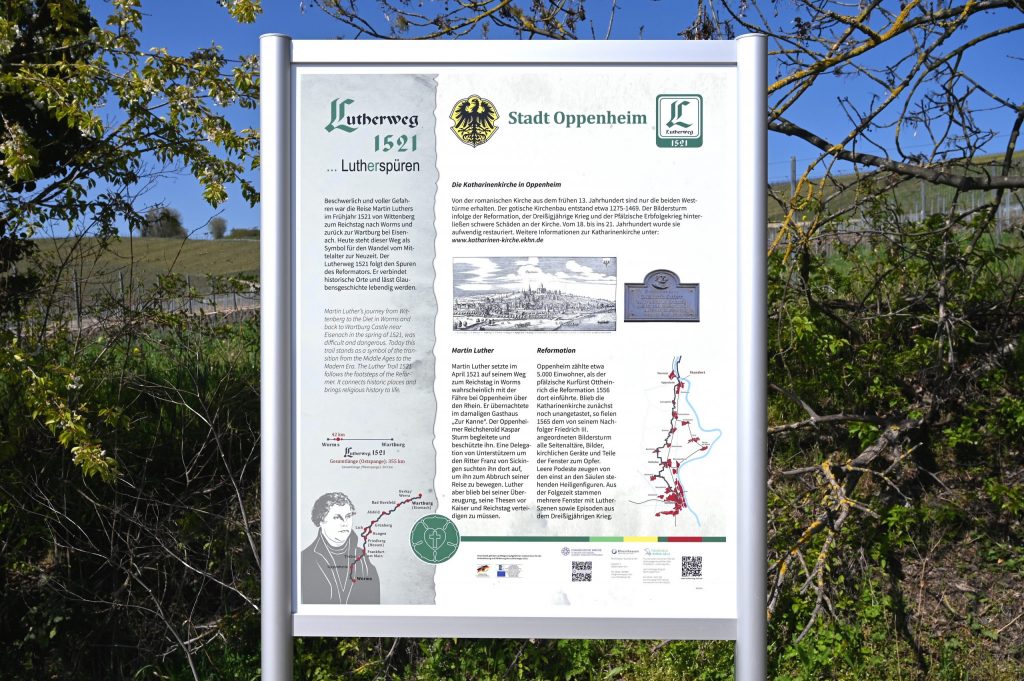
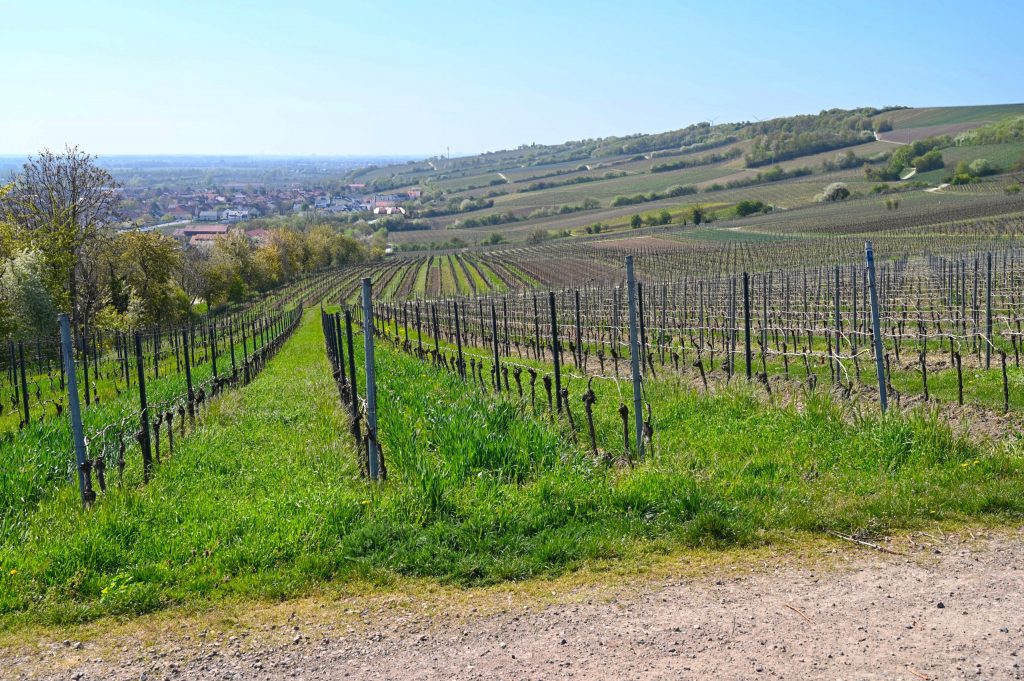
The hike also becomes a pilgrimage trail thanks to the 16 information boards located at prominent places along the way. They provide background information on Luther, the Reformation and the churches you pass along the way. On the Rhine terrace, you finally hike on to Ludwigshöhe and descend into the valley. A little later, the Römerturm is another vantage point before you reach Guntersblum. There you leave the Luther Trail for a visit to the Pagan Tower Church in the church street. The Lutheran church is over 900 years old. Crusaders returning home had it equipped with Saracen towers in memory of the Church of the Holy Sepulcher in Jerusalem. There are three other pagan tower churches in Rheinhessen. The 1st stage of the Luther Trail ends in Guntersblum.
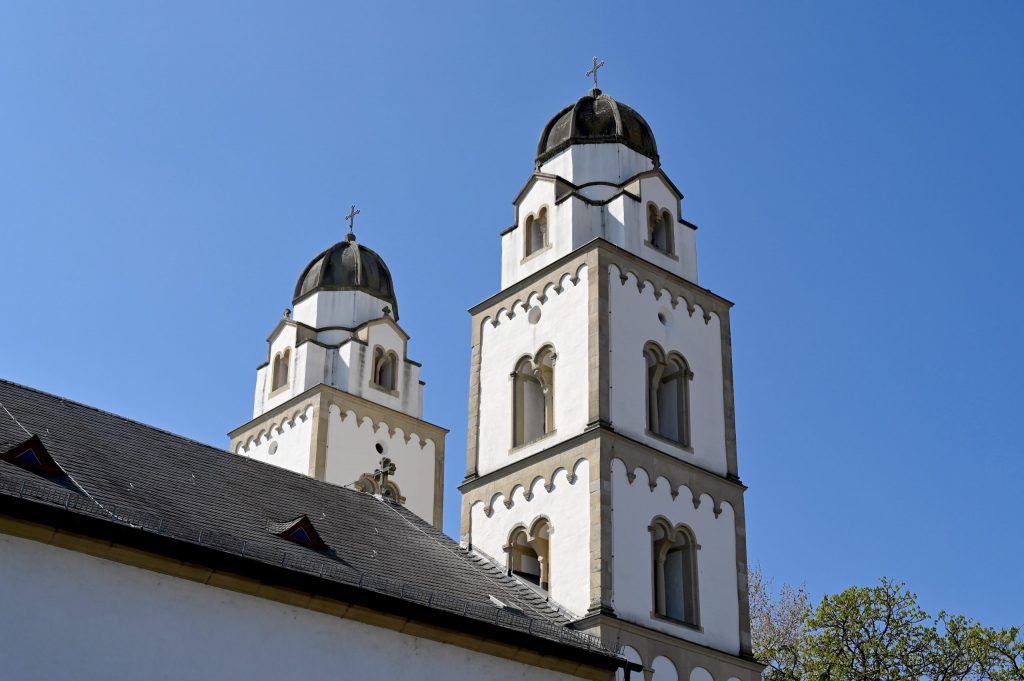
On the second stage, at the western end of Guntersblum, the route then heads south. After about 1.5 km you pass Hangen-Wahlheim with the ruins of Maria Magdalena, before you reach Alsheim. The St. Boniface Church in Mühlstraße is the smallest and oldest of the four Heidenturm churches in Rheinhessen. It is surrounded by an idyllic cemetery park. Here you will also find a stamp for the pilgrim's pass.
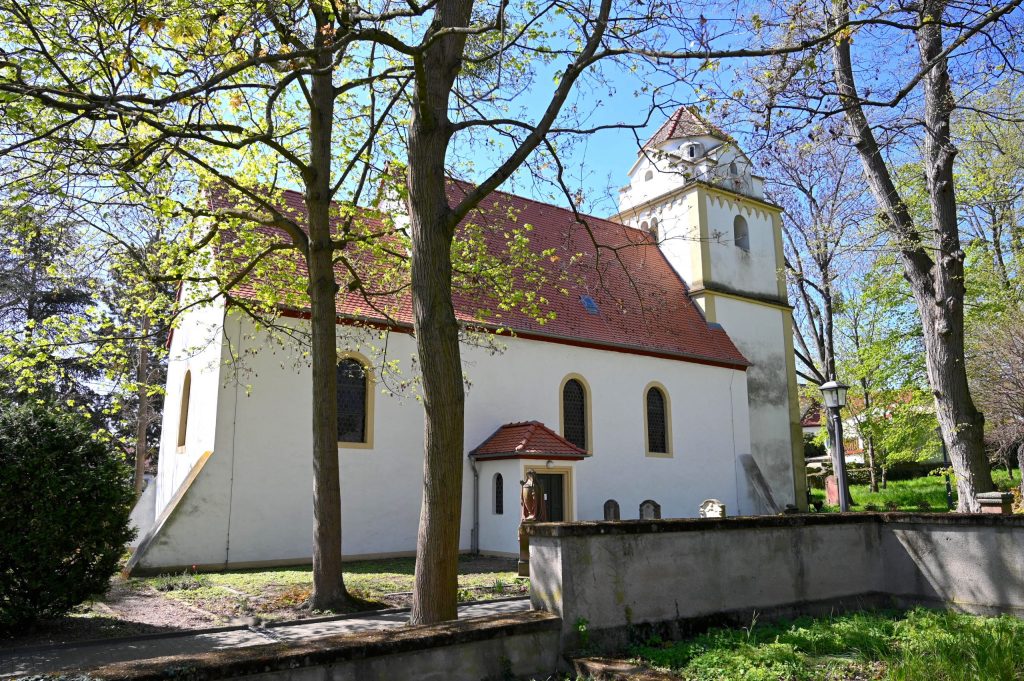
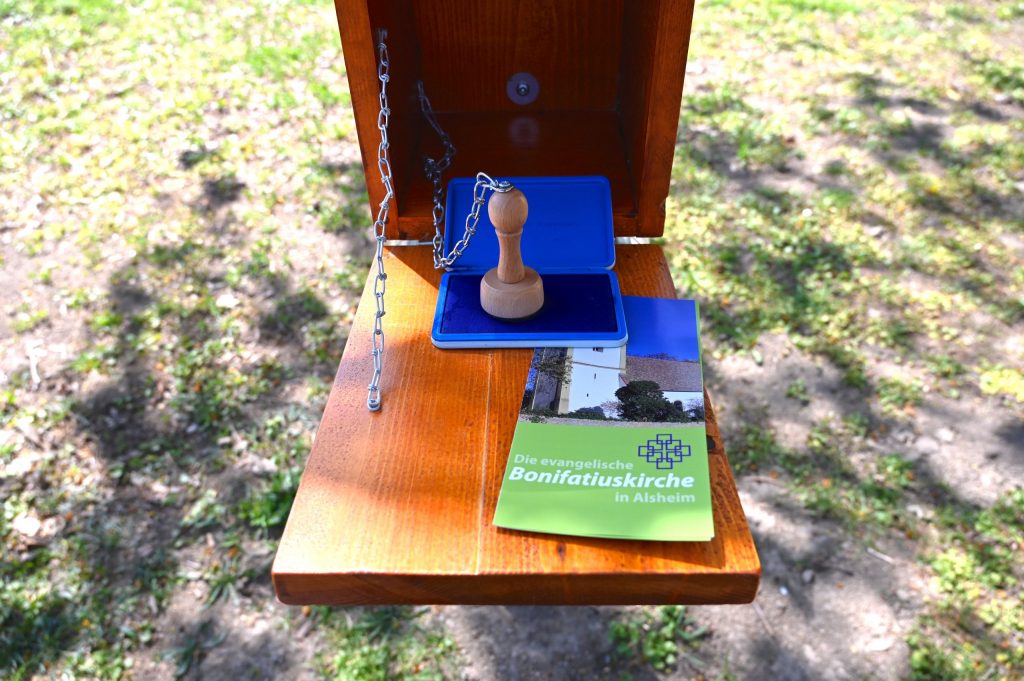
After visiting the church, you continue on the Luther Trail through beautiful vineyards of Rheinhessen, enjoy the great distant view from the vantage point "Odenwaldblick" near Mettenheim and finally reach the idyllic village of Bechtheim. Via the "Steig bei der Warte" you come to the market place and the Church of St. Lambert. The basilica is built in Romanesque style and was a pilgrimage church in the Middle Ages. It is one of the most important Romanesque village churches in Rheinhessen. As the trail continues, you will come to a washing fountain, where pilgrims washed on their journey.
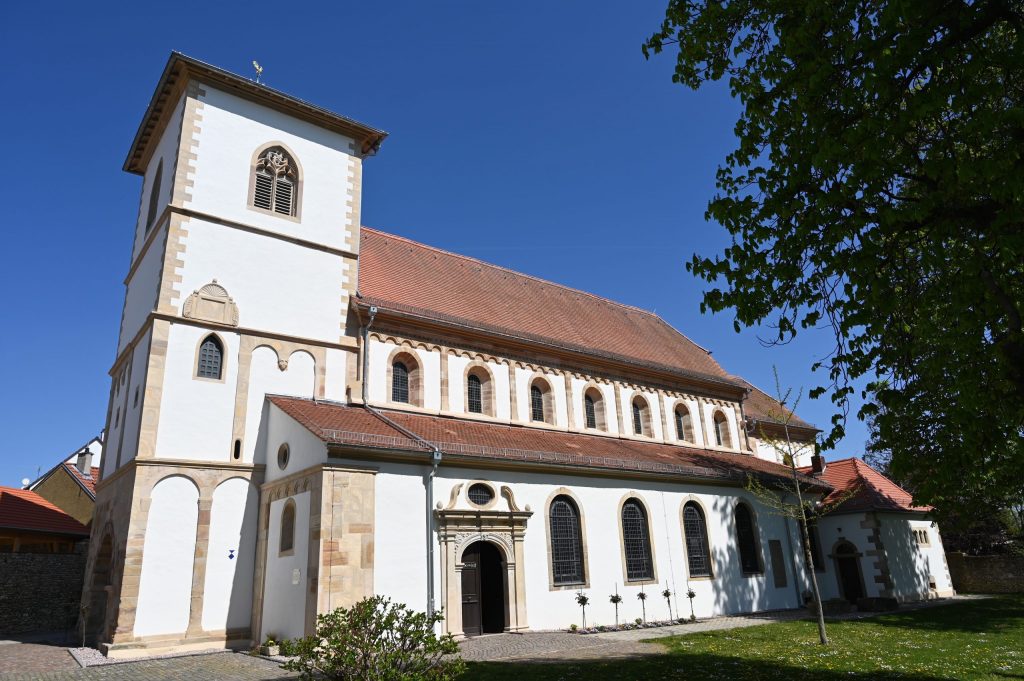
On the pilgrimage trail through Rheinhessen: The Luther Trail from Osthofen to Worms
The trail now leads through vineyards again and along a former railroad line to Osthofen, the next destination on the pilgrimage trail. At the entrance to the village, you have a view of the vineyard cottage "Leckzapfen" and continue walking until you reach the Bechtheim-Osthofen village connection. After an ascent, you pass the mountain church and the cemetery. The section takes about an hour through the vineyards to Abenheim with the beautiful Klausenberg Chapel. The 2nd stage of the Luther Trail ends in Abenheim.
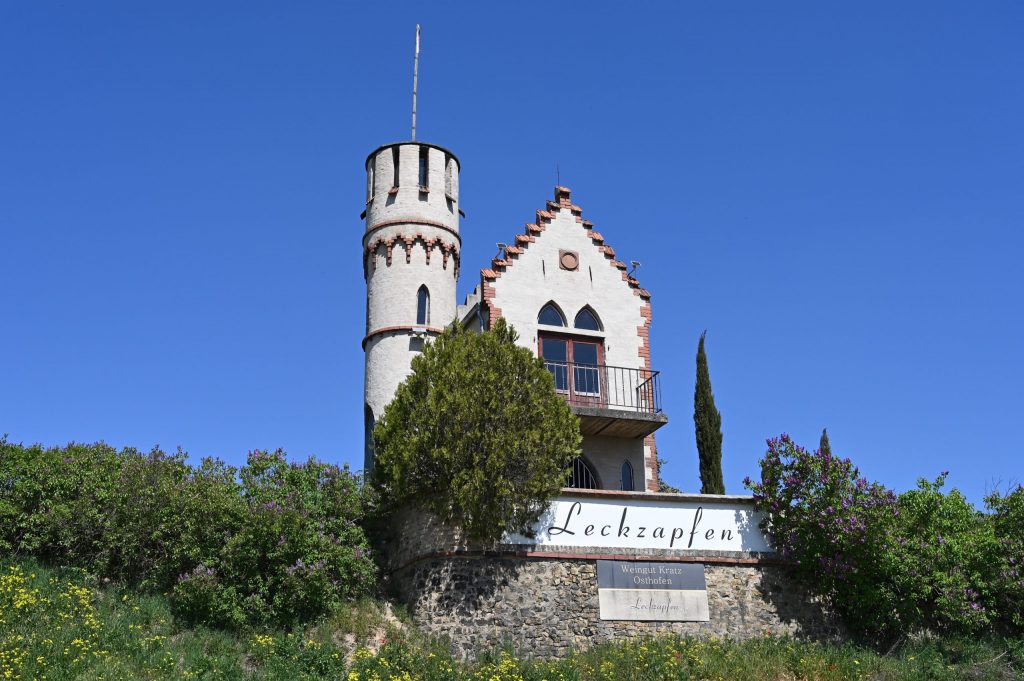
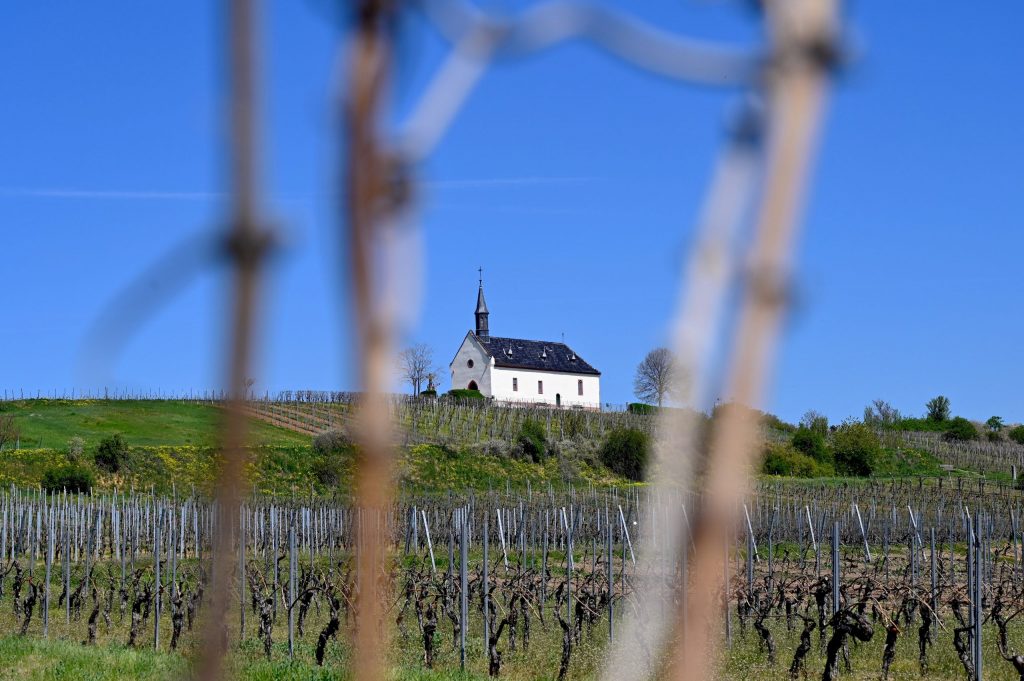
On the 3rd stage, the hiking trail leads from Abenheim eastward into the vineyards of Rheinhessen and then turns southward until you reach the Worms district of Herrnsheim and the homonymous Castle with a park. The history of the castle of the Lords of Dalberg dates back to 1460. The 10.5 hectare park is the most important English landscape garden in Rhineland-Palatinate. On the RheinTerrassenWeg, one continues walking in the direction of the main train station, which runs along the banks of the Pfrimm River for a short distance. From the station it is not far to the Lutherring with the famous Luther monument.
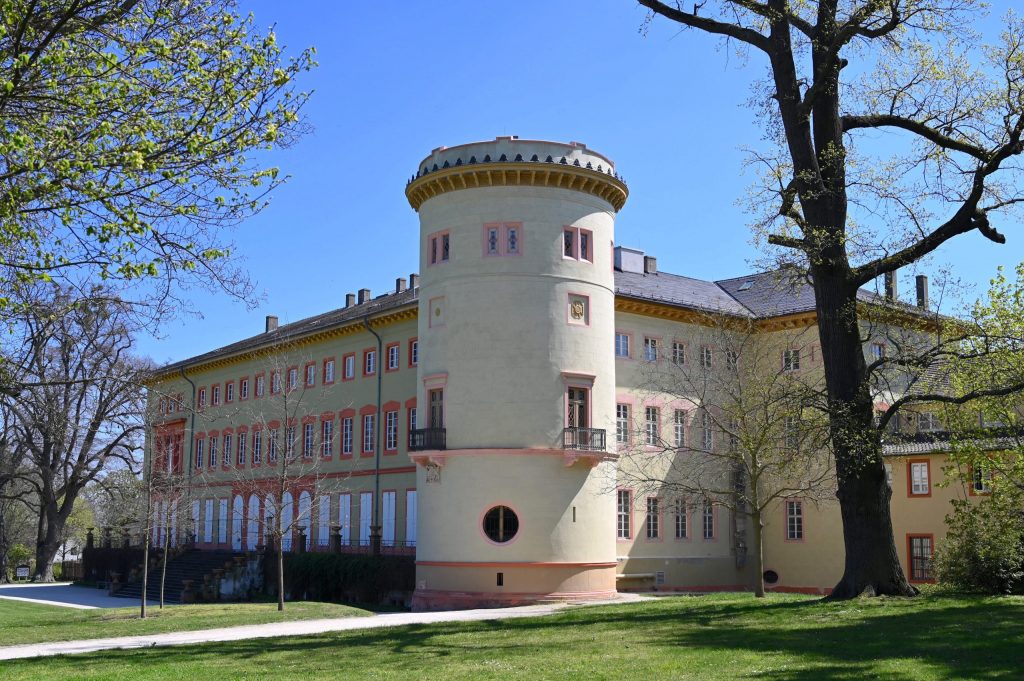
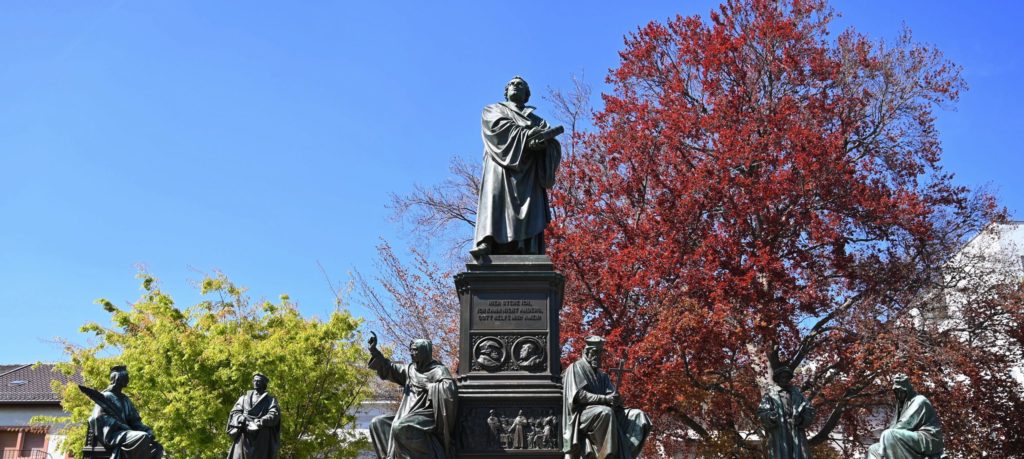
The Luther Monument is by Ernst Rietschel and was unveiled in 1868. Along with another monument to the Reformation in Geneva, it is the largest of its kind in the world. The bronze figures standing on a side pedestal bear reliefs and coats of arms. Depicted are Martin Luther in the center and important reformers and Luther's contemporaries as well as their theses and statements. From here it is only a few steps to the Kunsthaus Heylshof and the Heylspark.
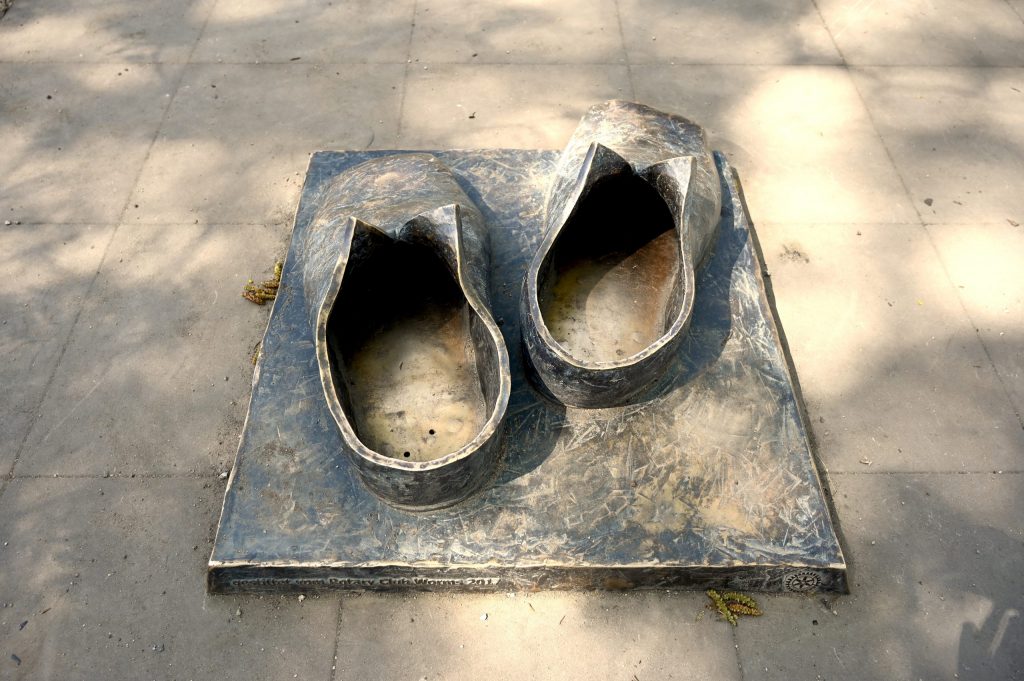
At the Site of the present Heylspark stood at that time the buildings of the bishop's court, where he appeared before the emperor and the imperial princes in 1521. Luther's Big Shoes and the Luther plaque are a memorial to the scene that later entered the history books. From the Heylspark the path leads to the Heylsschlösschen, past the market square and the Dreifaltigkeitskirche to the Wormser St. Peter's Cathedral. The Romanesque church building was built from 1130 to 1181 and is the landmark of the city. The cathedral is also the venue of the annual Nibelungen Festival, which takes place in the summer.
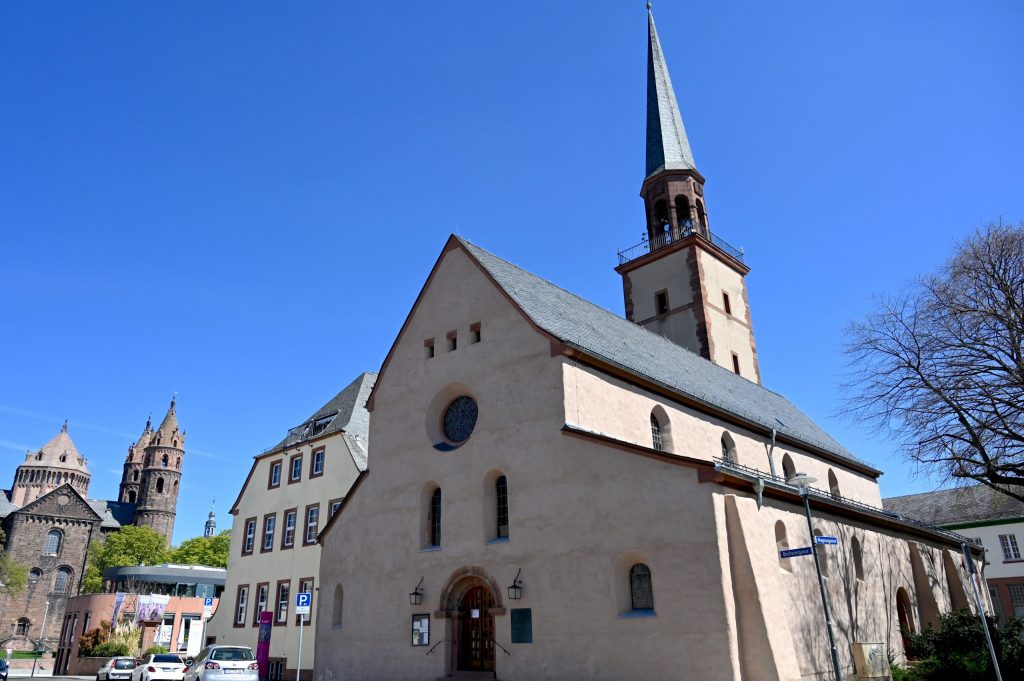
From Worms Cathedral, you can already see the destination of the Luther Trail: the Magnus Church at the Weckerlingplatz. This is where the pilgrimage route ends. The Magnus Church is one of the oldest Lutheran churches in southwest Germany.
From the 1520s, church services were held here with sermons in the spirit of Martin Luther. The earliest mention dates back to 1141. The building is designed as a Romanesque three-nave and flat-roofed basilica with a plain interior.

The Luther Trail is 43.2 km long, for which you should allow a total of around eleven hours, whereby a division into three stages is recommended. The trail is a mixture of field, gravel and asphalt paths, which can be hiked well with sturdy shoes with profiled soles. Along the way there are beautiful sights, great viewpoints and various places to stop for refreshments.

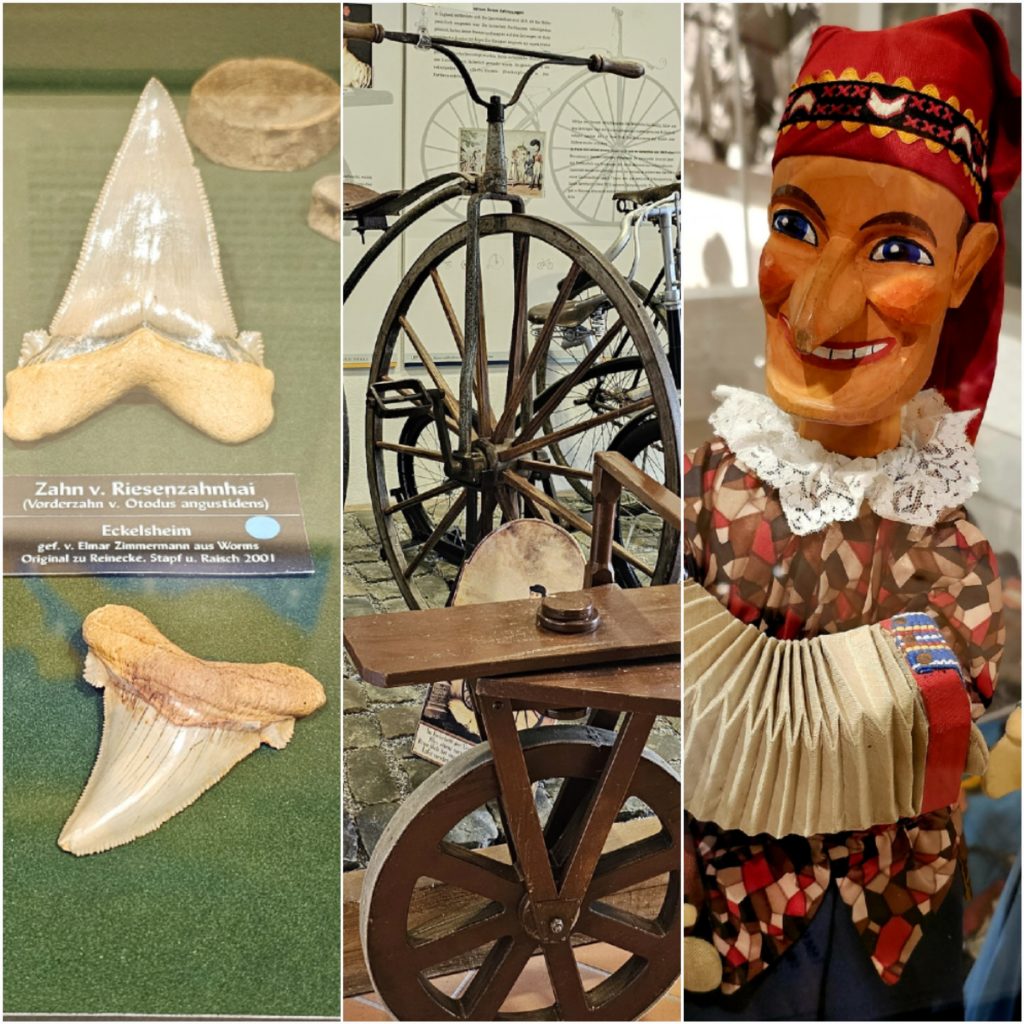

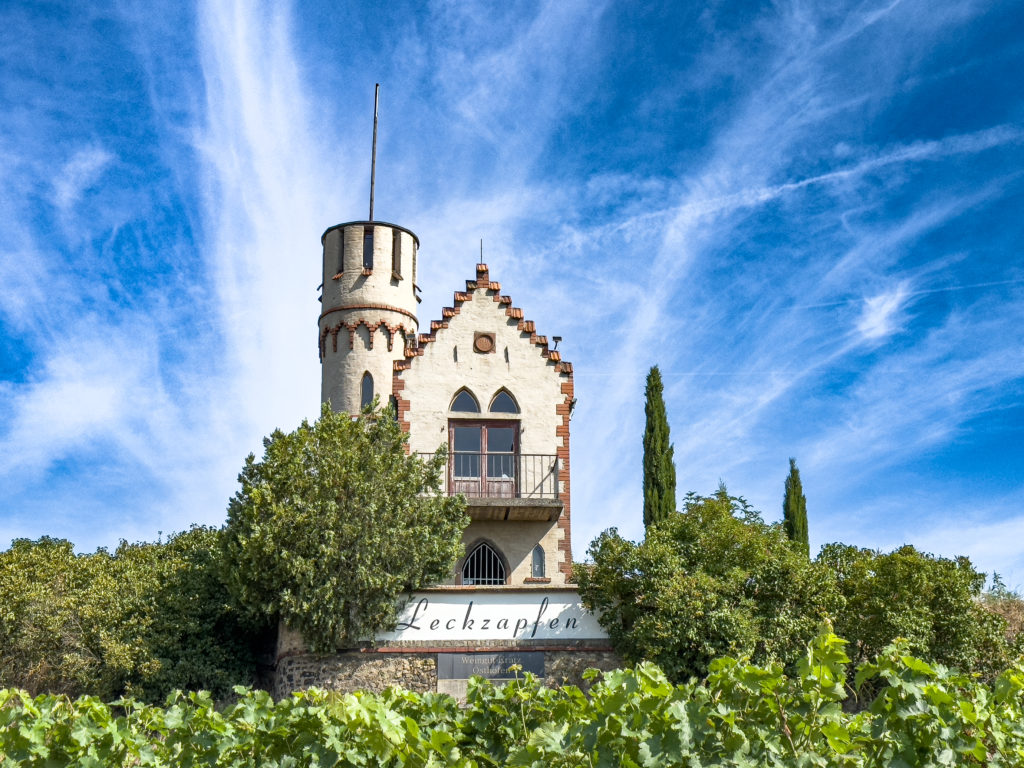
8 Responses
Oh yes, the wine from Burghof Oswald in Guntersblum, a cuvée called Pilger, goes well with this.
Hi Bärbel, that sounds delicious, thanks for the tip.
A nice report about the Luther Trail 1521, which leads through three German states from Eisenach to Worms. In contrast to circular routes, long-distance routes work all the better if all riparians are aware of the overall route and, in addition to their regional obligation, also look to where the guests are coming from. Best regards, Bernd Rausch (www.lutherweg1521.de)
Hello Bernd Rausch, thank you for the nice feedback. The entire route of the Luther Trail from Eisenach to Worms is certainly also exciting, because you then hike through different states and different regions. Many greetings, Heiko Müller
Are there accommodations in Abenheim? Or is it cheaper to stay in Osthofen?
Hello Margareta Schoberth, in Abenheim there are also vintner hotels, guesthouses and guesthouses where you can stay overnight.
Very good idea to organize a Luther Trail 2021. Martin Fricke, Lutherfinder (www.lutherfinder.de)
Hello Martin Fricke, in the anniversary year 2021, the Luther Trail 1521 is particularly worthwhile. Many greetings, Heiko Müller